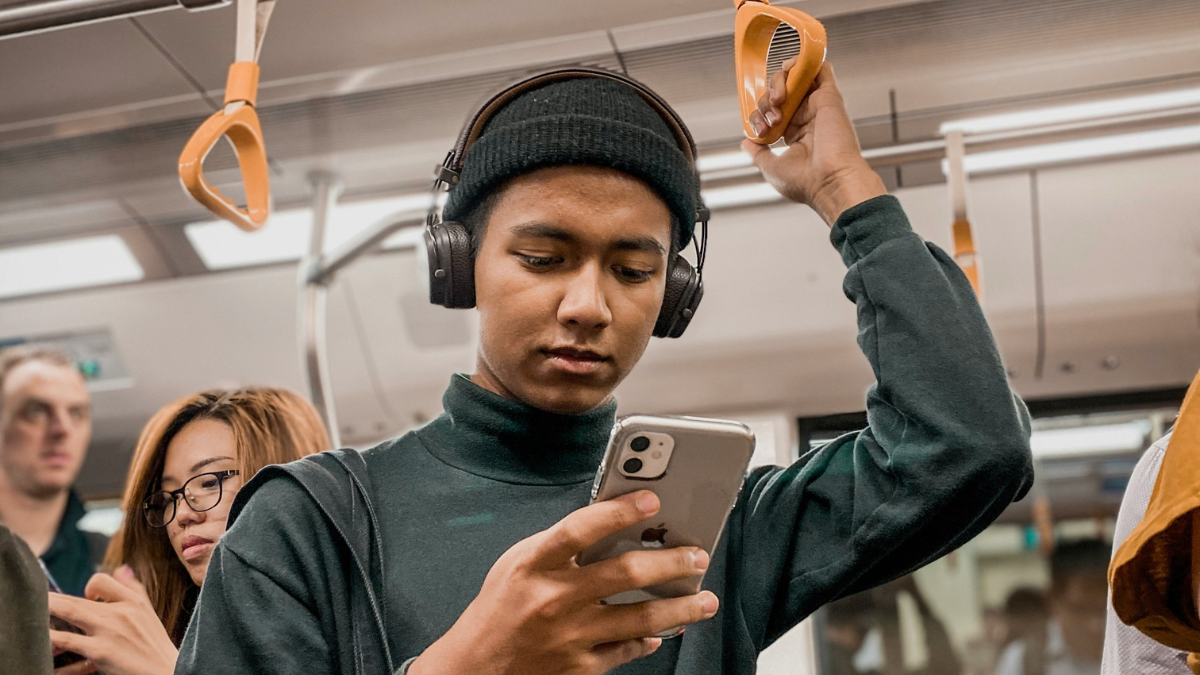It’s funny to consider the importance of privacy in a world never really considered so: social media
There’s been uproar on X, formerly Twitter, now that the platform has removed the ‘circles’ feature, where users could post private tweets away from their main timelines. The change has caused not just furore, but sheer panic; many users expressed that with ongoing glitches due to swathes of the platform’s tech support staff having been laid off by owner Elon Musk, circle tweets could run the risk of becoming public come the switchover.
It’s a puzzling rollback for the platform considering the trend of other tech giants to add opt-in layers of privacy to apps. For example, Instagram has developed and expanded its ‘close friends’ feature; users can post images, reels and content to their feed or stories without it being seen by the rest of their following or other users.
But why such a visceral reaction? There are many factors which make the resistance slightly strange. Long before these private functions, ‘finstas’ and ‘burners’ — colloquial terms for anonymous accounts, where users let free their more controversial thoughts and content — had proved popular on social platforms.
Besides that, the keyword is ‘our following;’ surely we should be fine with whoever is in our digital community seeing our content, especially when we have the power to remove and excise unwanted users with features like blocking or ‘remove’ on Instagram? Both platforms also provide options for users to remove content from public view via a private account option, free to be enabled and disabled at any time.
Things aren’t as simple as a quick ‘block’
It speaks volumes about consumers’ desire for privacy within digital spaces and social communities both on and off the web. Over time, there’s been a real change in the function of online spaces; we are now in an era where many of us ‘need’ social media, rather than opt-in. For many of those in the creative sectors, Instagram is now an interactive CV, often for the purpose of detailing and showcasing work. Even if not for reasons of employment, it’s near impossible for many to opt out of social media’s means of community building, sharing important news and more.
As much as they may have been touted as niche places to find like-minded individuals, social media is as public, maybe even more so, than the everyday world. A polite public face on the likes of Twitter and Instagram might as well be the equivalent of plastering a smile when meeting a neighbour or colleague you don’t really like.
Blocking or removing certain unwanted followers from our digital spaces can sometimes have real-life ramifications, in the way telling a disliked person what you really think of them would. So for that reason, we keep certain accounts around. That craved extra layer of privacy allows users to keep our followings, while giving space for opinions and content that may prove more ‘unsavoury.’
This leaves an interesting dynamic for brands thinking about social listening, and how to decipher consumer opinion from digital spaces. Clearly people want to talk, and share their opinions — no matter how unsavoury they are. But researchers may want to think twice about garnering data online from platforms like X, now that opinions are thrust into the spotlight again.
We may see some users flee back to the burner accounts, only now missing the ease in switching in and out of each account, and an added hassle in creating ones. Or even an uptick on platforms like Reddit, which have a general layer of privacy in comparison to most social media sites, in terms of typical usernames and lack of focus on avatars and images. All in all, it shows that as wild as social media can be, a lot of users are sometimes performing niceties — it’s only under the cover of close friends that they’ll share what they’re really thinking.
Featured image: Rasheed Kemy / Unsplash

